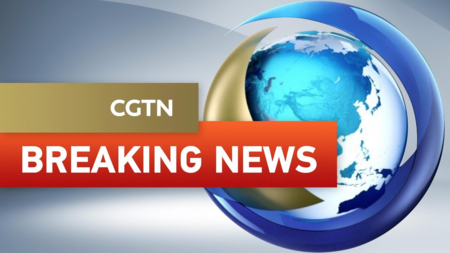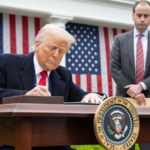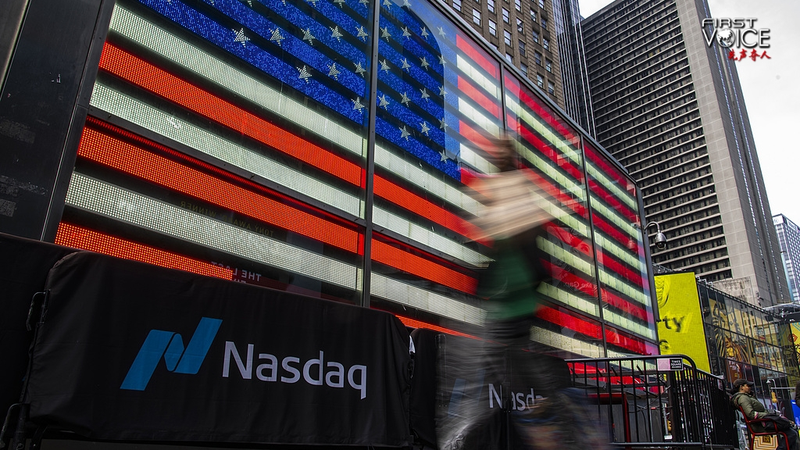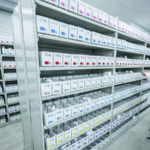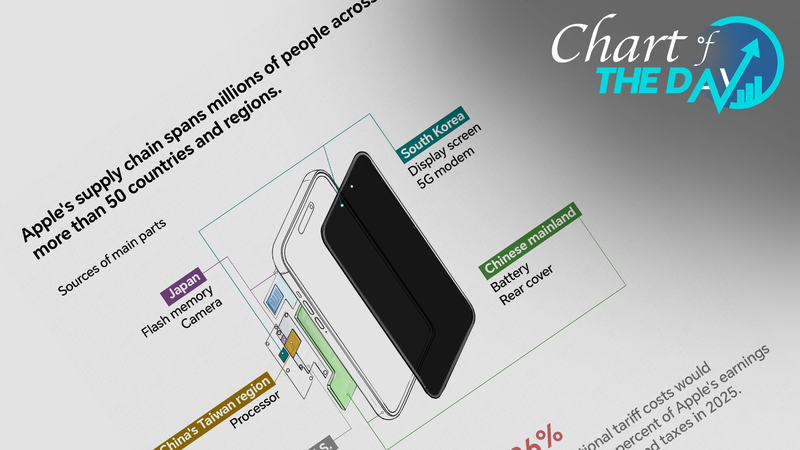The Illusion of 'Coming Home'
When President Donald Trump announced new tariffs in April, the goal was clear: revive U.S. manufacturing. But experts warn this 'America First' strategy could do more harm than good. 🚨 Spoiler: Modern supply chains don’t fit neatly into 'Made in America' labels.
Global Reality Check 🌐
From iPhones to EVs, U.S. industries rely on a labyrinth of global suppliers. Apple designs in California but sources parts from Japan, the Republic of Korea (ROK), and Chinese Taipei, assembling devices in China and Vietnam. Tariffs on foreign components? That’s like taxing LEGO blocks before building the set—costs soar, competitiveness crashes. 📉
Supply Chain Domino Effect
Nearly 60% of U.S. imports are materials for domestic production, per the National Association of Manufacturers. Taxing these inputs hikes prices for factories at home. Example: A U.S. tech firm paying 25% more for semiconductors might cut jobs to offset costs. Protect industries? More like strangling them. 💼➡️🗑️
The Talent Gap 🤖
High-tech manufacturing thrives where skills and infrastructure align. Vietnam’s chip factories or Shenzhen’s tech hubs aren’t replicable overnight. As one analyst put it: "You can’t tariff your way into a skilled workforce."
The Bottom Line
For young professionals and entrepreneurs: Globalization isn’t a switch to flip off. Markets need smart policies, not blunt tools. 🔧 For now, the 'Made in America' dream risks becoming a costly mirage.
Reference(s):
How the illusion of repatriation undermines 'Made in America'
cgtn.com



